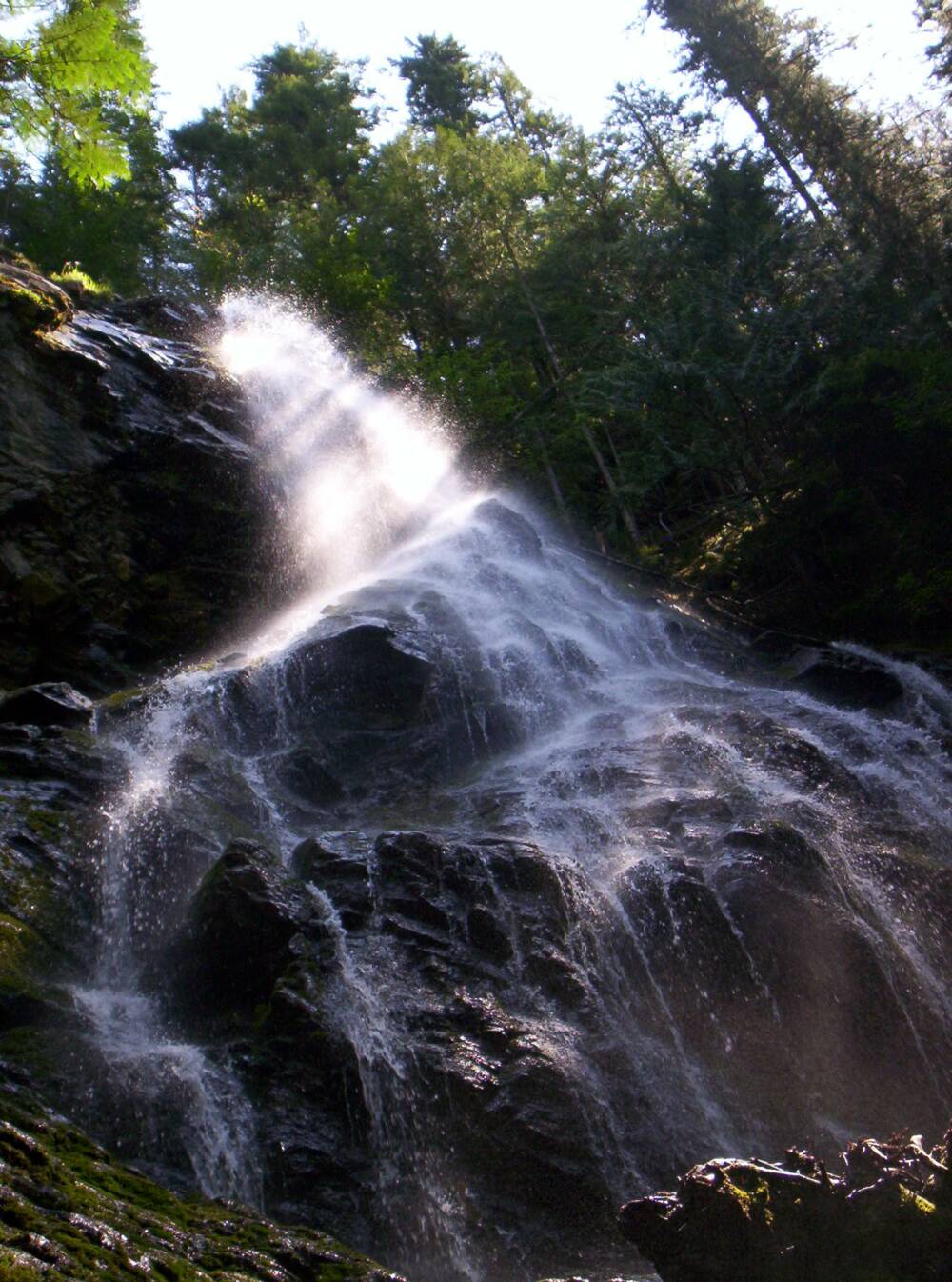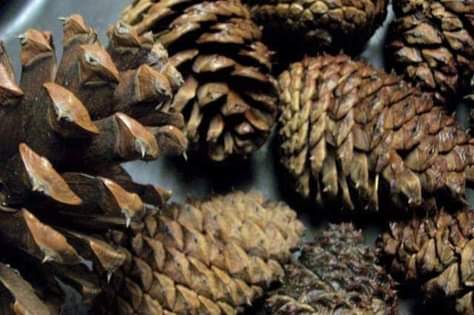Rewild
Nature
One Small Space
at a Time
Mother Tree Hub
feature
As you improve your skills at picking up feelings from plants and trees you will discover that plant energies within ecosystems gather into energy guilds. Often these guilds are strongest around Mother Trees. Like all plants, trees provide energy emissions, which also carry communication between themselves and others.
We really have a lot to learn about how everything works – and how everything is connected. Join us for a presentation about the importance of Mother Trees.
Toolroom 4 - How to Create Habitat
for Reptiles and Amphibians
B.C. is known for its wonderful wildlife such as whales, bears and eagles. But it’s also home to a remarkable and often overlooked variety of amphibians and reptiles. Conservationist and filmmaker Ryan Wilkes has had an obsession with amphibians and reptiles since childhood. In this video, he introduces fellow conservationist and wildlife educator Connel Bradwell to the joys of searching for these charismatic critters.
B.C.’s new B.C. Reptiles & Amphibians website features our provincial reptiles and amphibians. The website was updated in 2021/2022 with additional content and features added; the website will be updated as information is acquired, and changes are needed.
This project was lead by Thompson Rivers University in partnership with the Province of B.C. (Conservation Science Section). The project was supported by the Conservation Economic Stimulus Initiative (CESI) with funding provided by the Province of B.C. and administered by the Habitat Conservation Trust Foundation.
Here are some things to consider if you would like to create herpetofauna-friendly habitat
Give a lot of thought to whether or not you actually want to attract reptiles and amphibians into your yard, especially if you live in an area with rattlesnakes or amphibians that may be toxic to pets or small children. If you decide that you want to welcome the local herpetofauna, be careful not to disturb them, only observe them from a distance, and watch out for them when driving, mowing the lawn, etc.
Having suitable, unfragmented habitat is important for reptiles and amphibians. Avoid uniform habitat, as they need to be able to move easily between open areas, covered areas, and water bodies. Native vegetation is best, and avoid using fertilizers and pesticides if possible. These can be detrimental to reptile and amphibian health, causing deformities, stunted growth, increased disease susceptibility, and even death. Having a healthy prey base is also important, so don’t get rid of bugs and mice – amphibians and reptiles will do it for you!
How to Build an Amphibian Conservation Area in your Garden
How to make a conservation area in your own back garden. Learn how to: Distinguish between toad and frog tadpoles Feed tadpoles Build a Pond Build a Hugelkulture Create Moss Pond Borders Create hide areas for toads and frogs.
How to build a hibernaculum for reptiles and amphibians
Learn how to build a hibernaculum to provide a safe place for reptiles and amphibians to shelter over the winter. The ideal time to build a hibernaculum is late summer or autumn, but you can build one any time of the year.
How to help reptiles and amphibians in your garden
Find out how to provide shelter, breeding spots and food for the reptiles and amphibians in your garden! In this video we look closely at the best ways to make your garden more attractive to frogs, toads, newts and slow worms, as well as other reptiles and amphibians.
Restoring Amphibian Habitats, Season after Season
Year after year, season after season, GLAD volunteers do the hard work of restoring amphibian habitats for these animals and the surrounding plants to thrive.
How to find Reptiles and Amphibians for Habitat Enhancement
Placing pieces of metal roofing strategically around your property can enhance the habitat for amphibians and reptiles and is an easy and fun way to find and see them. In this video I explain how I place scrape pieces of metal roofing in particular locations around my property. I show you what I have found so far under these pieces! Metal roofing, pieces of plywood can all be used to enhance habitat for reptiles and amphibians. In this video, i find dusky salamanders, spring salamanders and crayfish below pieces of roof. Many of these are territorial and will occupy these locations over the year. I also included video of Black Snakes when my find below them and show how I attract American Toads to my house as well. These are some great ways to enhance wildlife habitat in your yard or property.
Guidelines for Amphibian and Reptile Conservation During Road Building and Management Activities in British Columbia. Learn how to assess, avoid, minimize, and mitigate road impacts on amphibians and reptiles
Download the Document
Guidelines for Amphibian and Reptile Conservation During Urban and Rural Development in British Columbia - 2014. Guidelines, scientific information, and practical tools for mitigating development activity impacts on amphibians and reptiles.
Download the Document
Best Management Practices for Amphibian and Reptile Salvages in British Columbia
Learn how to plan and implement salvage operations that minimize impacts to amphibians or reptiles.
Download the Document
CONTACT US
If you believe that you might benefit from the Mother Tree Hub and you are willing to expand your relationship with nature please contact us and we will set up a live conference call with you.
Contact our office by email at the Sanctuary Forest Network: services(at)sanctuaryforestnetwork.com
Or you can call the Wildcraft Forest on our direct line at:
250.547.2001
THE MOTHER TREE HUB - TOOLROOM 4
The Mother Tree Hub
An information portal produced by the Wildcraft Forest Foundation with support from the Regional District of the North Okanagan Conservation Fund; the David Suzuki Foundation and other community supporters.
The Wildcraft Forest Foundation offers skills, insights and
inspiration for creating good stewardship and positive change.
Located at the Wildcraft Forest
1981 Highway 6 Lumby, British Columbia
Discovery Centre – 250.547.2001 Email: services@sanctuaryforestnetwork.com
Main Website: www.wildcraftforest.com
Extension Services: www.wildcraftforestschool.com
Resource Centre: www.mothertreehub.com
This website and all material is copyrighted by the Wildcraft Forest Foundation
www.mothertreehub.com


